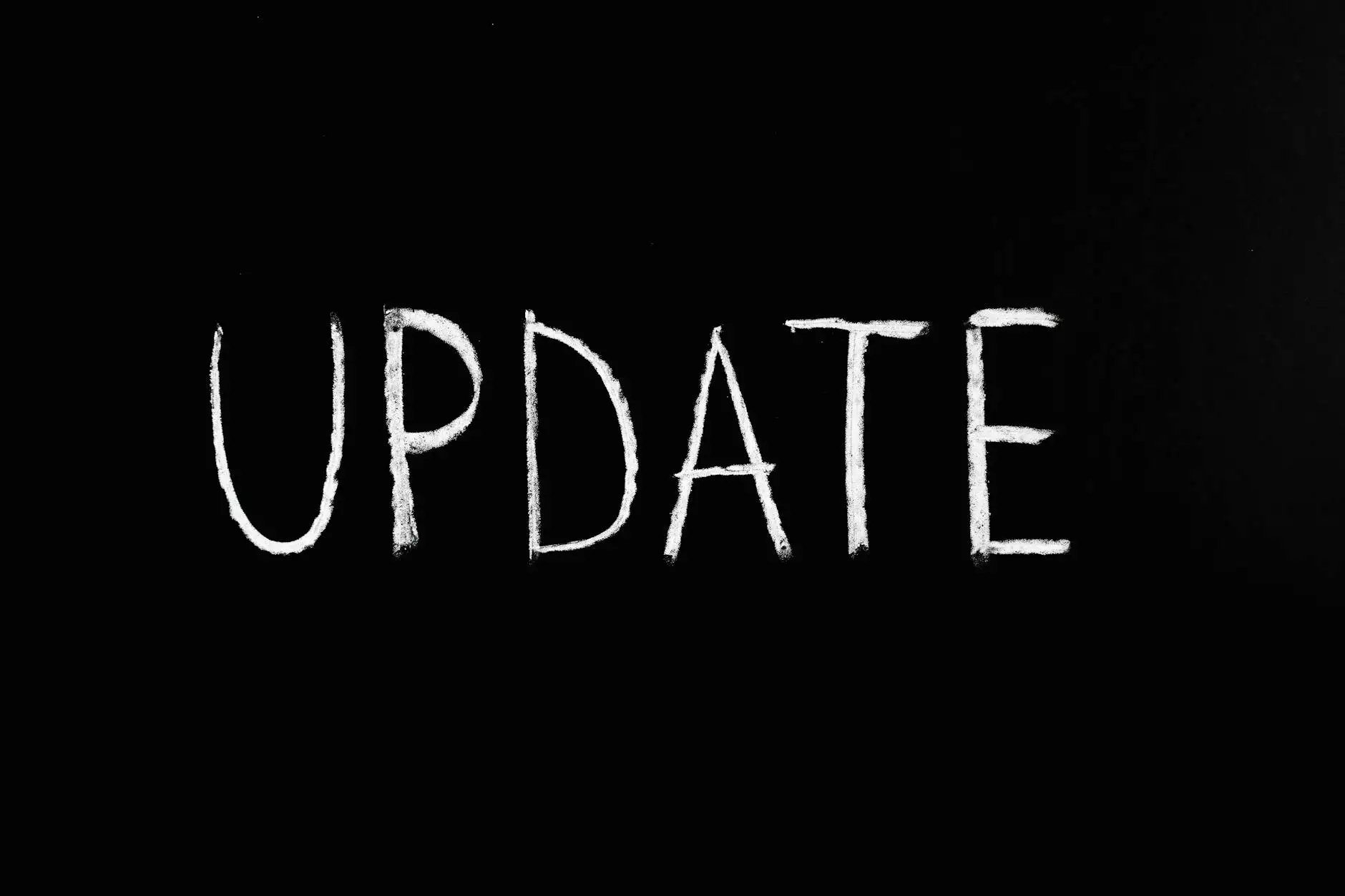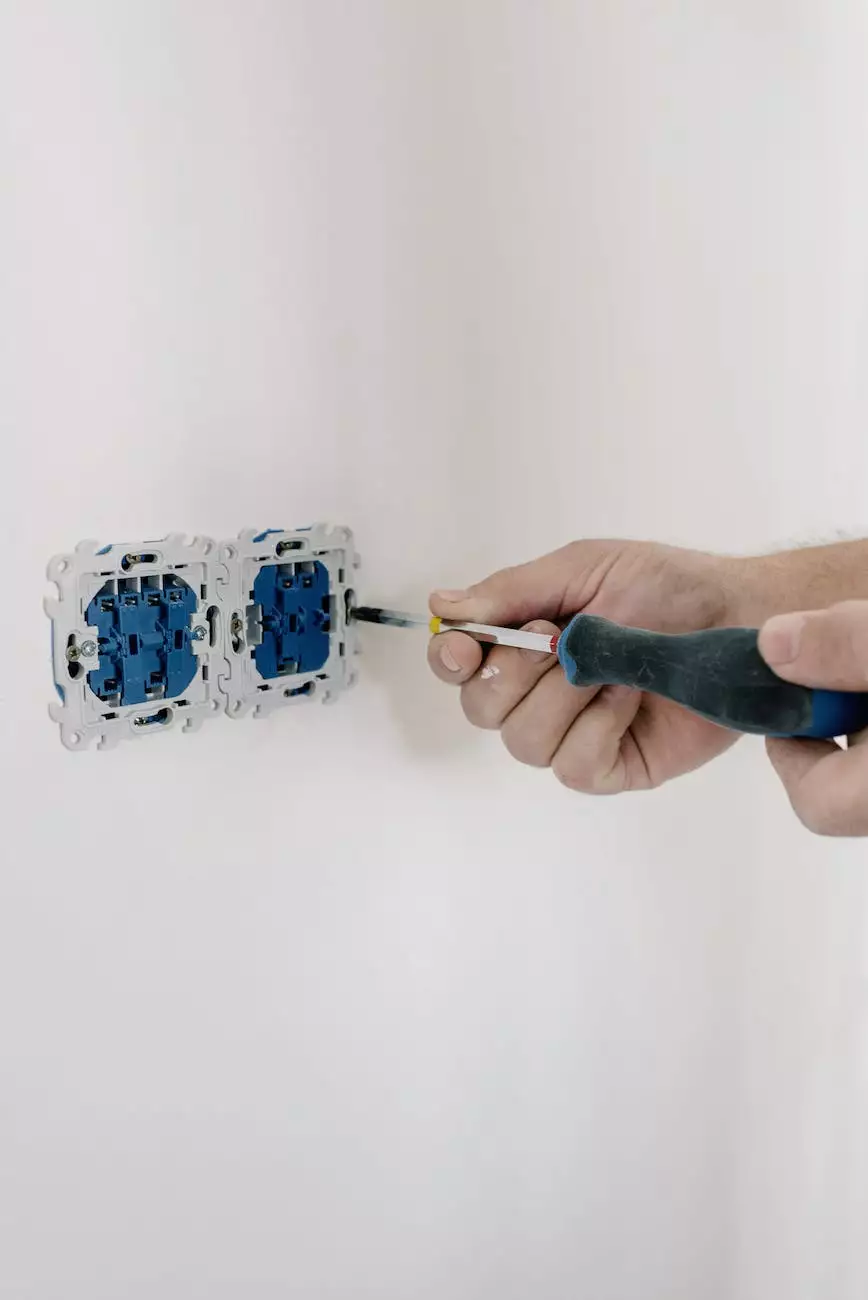10 Elements of an Effective Flyer (w/ Katelynn Strawmatt)
Blog
Welcome to SEO Martian's comprehensive guide on the 10 elements of an effective flyer. In this article, we will delve into the key components that make a flyer impactful and provide valuable insights to help you create compelling promotional materials for your business.
1. Clear and Concise Headline
The headline is the first element that captures the attention of your audience. It must be clear, concise, and attention-grabbing. A strong headline communicates the main message of your flyer, instantly conveying what your business or offer is about. Incorporate relevant keywords to optimize your flyer for search engines and improve discoverability.
2. Engaging Visuals
Visuals play a crucial role in attracting attention and conveying your message effectively. Use high-quality images, graphics, and illustrations that align with your brand and capture the essence of your promotion. Ensure the visuals are visually appealing and relevant to your target audience. Avoid clutter and maintain a clean and professional design.
3. Compelling Call-to-Action
A compelling call-to-action (CTA) is a vital element that directs your audience towards the desired action. Use strong and action-oriented language to motivate your readers. Clearly state what you want them to do, whether it's visiting your website, making a purchase, or contacting your business. Make the CTA prominent by using contrasting colors and placing it strategically on the flyer.
4. Unique Selling Proposition (USP)
Your flyer should communicate your unique selling proposition (USP), which sets your business apart from competitors. Highlight the key benefits or advantages that your products or services offer. Identify what makes you unique and emphasize it clearly in your flyer to attract your target audience and differentiate yourself in the market.
5. Contact Information
Include your contact information prominently on the flyer, such as your phone number, email address, and website URL. Make it easy for potential customers to reach out and connect with your business. Ensure that the contact details are clear, legible, and easily noticeable. Including your physical address can also be beneficial for local businesses.
6. Targeted Audience
Define your target audience and tailor your flyer's message to resonate with them. Understand their needs, preferences, and pain points to create a flyer that appeals directly to them. Use language and design elements that align with their demographic or psychographic characteristics, ensuring that your flyer speaks directly to their interests and motivations.
7. Benefits and Features
Highlight the unique benefits and features of your products or services in your flyer. Clearly articulate how your offerings can solve your customers' problems or fulfill their needs. Focus on the value and advantages your business provides to engage the audience and compel them to take action. Use bullet points or numbered lists to make the information easily scannable.
8. Consistent Branding
Align your flyer with your brand identity to create a cohesive and recognizable marketing communication. Use consistent colors, fonts, and design elements that reflect your brand's personality and aesthetic. Reinforce your brand image and create a sense of familiarity and trust among your target audience.
9. High-Quality Printing
Invest in high-quality printing to ensure your flyer looks professional and visually appealing. Choose the right paper stock, finishes, and printing techniques to enhance the overall quality and durability of your flyer. A well-printed flyer reflects positively on your business and enhances its perceived value.
10. Measure and Analyze Results
After distributing your flyer, it is essential to measure and analyze the results to gauge its effectiveness. Track metrics such as response rates, website visits, or conversions to evaluate the return on investment. Use this data to refine your future flyer campaigns and continuously improve your marketing efforts.
Conclusion
Creating an effective flyer requires careful consideration of various elements. By incorporating a clear headline, engaging visuals, compelling CTAs, and unique selling propositions, you can create impactful promotional materials that drive results. Remember to target your audience, highlight benefits and features, ensure consistent branding, invest in high-quality printing, and track your flyer's performance. Implement these 10 elements for your next flyer campaign, and watch your business soar!










